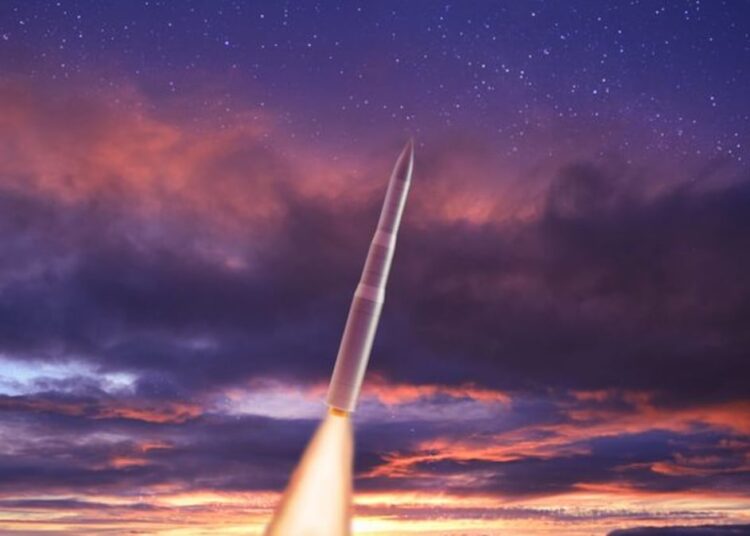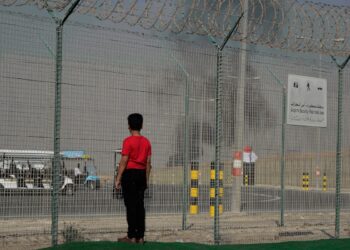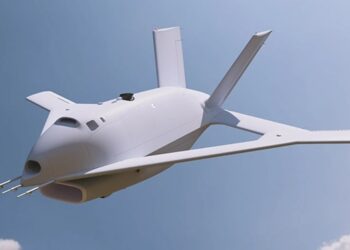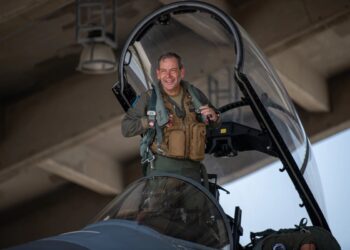On Thursday, the nominee for the Department of the Air Force’s next secretary, **Troy Meink**, testified before the Senate Armed Services Committee. He emphasized a commitment to focusing on nuclear modernization efforts and addressing challenges within the troubled intercontinental ballistic missile (ICBM) program.
Meink, who previously served as the deputy director of the National Reconnaissance Office, stressed the need for the Air Force to innovate its weapon systems and streamline acquisition processes. The Air Force is currently working to replace its aging arsenal of approximately **450** 50-year-old Minuteman III nuclear missiles with the new **LGM-35A Sentinel**, developed by **Northrop Grumman**.
However, the Sentinel program has encountered significant cost overruns, leading to a **critical Nunn-McCurdy breach** process due to unexpectedly high projected costs. Following a review, the Air Force concluded that the Sentinel program is essential and cannot be canceled. If confirmed, Meink plans to assess the results of this review and oversee the **B-21 Raider** stealth bomber program, which is vital to the nation’s air-based nuclear triad.
In the same Senate hearing, **Michael Duffey**, the administration’s nominee for undersecretary of defense for acquisition and sustainment, highlighted nuclear modernization as the “backbone” of the nation’s strategic deterrent. He emphasized the importance of modernizing the nuclear enterprise, including the B-21, the **Columbia-class** submarine, and the Sentinel ICBM, ensuring the country maintains high-quality systems for the secure use of nuclear weapons.
Sen. **Tom Cotton** (R-Arkansas) expressed concerns over the Air Force’s budget capabilities, questioning how it could fund both conventional missions and two concurrent nuclear modernization efforts. In response, Meink acknowledged that the Air Force is undergoing modernization projects across all core mission areas, highlighting the financial challenges involved.
Meink stated that if confirmed, he would prioritize reviewing all service modernization efforts and readiness needs, seeking additional resources as necessary. He also addressed the persistent **pilot shortage** within the Air Force, currently estimated at about **1,800** pilots. Meink, a former **KC-135 Stratotanker** navigator, promised to explore solutions beyond just increasing pay, emphasizing the need for pilots to have fulfilling roles and adequate flight time.
He remarked, “We’ve got to make sure — not just with pilots, but across our highly skilled areas within our workforce — that they have the opportunity to do what they’ve been trained, what they love to do,” acknowledging that managing pilot levels has been a long-standing challenge.
**Stephen Losey** is the air warfare reporter for **Defense News**, having previously covered various military and Air Force operations.













